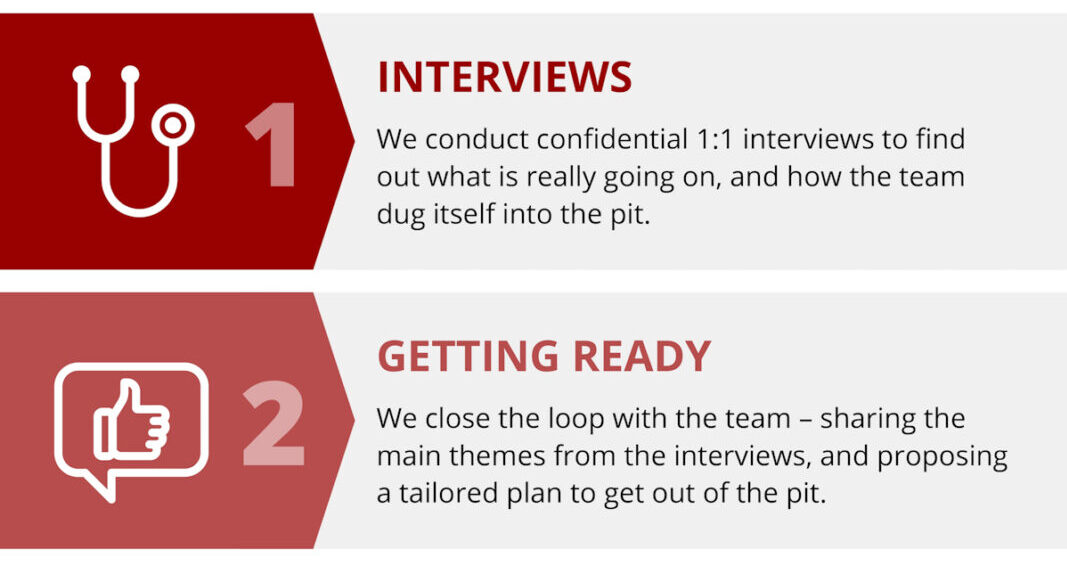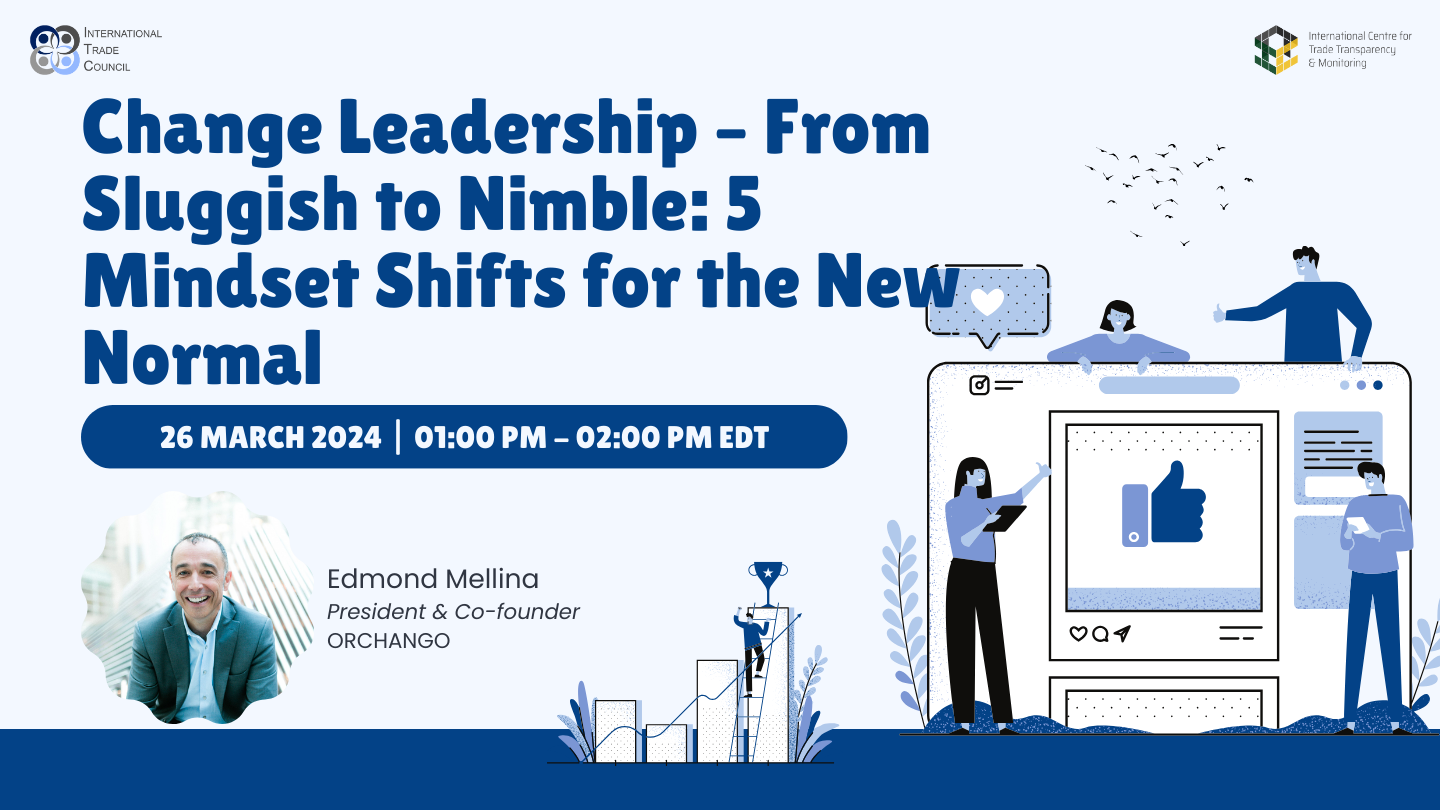How do you transform the dynamics of a team (leadership or otherwise) from dysfunctional to…
Innovation often an excuse for inept leadership

From the archive – Creativity requires discipline to be effective… Opinion piece written in the fall of 2005 for Canadian HR Reporter; later republished by India’s Effective Executive magazine.
——————
Innovation is back on the front burner. The dotcom bust and the corporate scandals forced corporations to focus heavily on cost cutting and governance. As a result, innovation became a lesser priority. Since then, the economy has been recovering nicely. Corporate governance has enjoyed great traction across industries and the headlines have stopped featuring new scandals.
While corporate growth has returned, competition has intensified globally. Not surprisingly, executives are stressing the importance of fueling innovation.
Fuzzy leadership
That’s great news…unless you work for a “fuzzy leader.” Not only does innovation represent a convenient excuse for this type of manager, it acts as a catalyst that intensifies his dark side. The renewed focus on innovation gives a licence to torment employees — consciously or not.
Let me be clear: I am not arguing against creativity and innovation. On the contrary, I recognize how important they are to business survival, and I am a strong advocate for leaders who can foster an environment promoting creativity.
However, in the name of innovation, I have seen scores of managers — in line management as well as in support functions such as HR or IT — provide fuzzy direction, move the target constantly or throw a thousand ideas an hour at their people. These are the hallmarks of fuzzy leadership.
Fuzzy leaders rationalize their style by professing things like: “we live in a dynamic world,” “we need to be flexible and nimble,” “change is accelerating” or “creativity requires lots of ideas.” Although I agree with each of these statements, I believe fuzzy leadership is extremely damaging when used out of context, in an uncontrolled fashion, and on a day-to-day basis.
The negative impact on people includes: confusion, stress, disengagement, lack of trust and fear. These are the very same things that prevent innovation and damage performance.
Why do fuzzy leaders act that way?
It varies. Command-and-control managers might use fuzziness as an effective stratagem to dominate their people. When the target keeps moving, employees are always on their toes. When things go wrong, it’s easier to blame them if the direction you provided wasn’t clear. You just have to say: “That’s not what I meant.”
However, not all fuzzy leaders are psychopathic.
Sometimes, the fuzziness stems from their insecurity or ineptitude. These managers don’t really know in which direction to lead their people, so they keep throwing ideas at them while constantly changing the priorities. Also, generating ideas is easier than following through. The problem is that innovation without execution is absolutely useless.
Other leaders are fuzzy because they suffer from attention deficit. Their brain is in constant effervescence. Although their intent is nobler than the one of a manipulative leader, the impact is almost as negative.
My message to fuzzy leaders: stop hiding behind the ‘Innovation Goddess’. Don’t justify your ineffective style in the name of innovation. Don’t fool yourself and others. Your style doesn’t encourage innovation. Instead, by causing confusion, stress and fear, it destroys your team’s ability to generate ideas.
It might sound like an oxymoron, but innovation requires discipline. There is a time to brainstorm, another to select the best idea and then comes the time to follow through and implement. While brainstorming is incompatible with structure, the rest of the innovation cycle calls for discipline and focus. Creativity without decision and execution isn’t innovation — it’s a waste of time. Only through execution can a great idea be turned into innovation.
However, the goal isn’t innovation per se, but growth (or at least survival) through innovation. A cool new thing that doesn’t generate positive cash flow within a reasonable time frame has no business value. Overwhelming people with ideas doesn’t encourage innovation. When you jump from one new thing to another, your ideas won’t appear important. Therefore, nobody will follow through.
So what can you do?
First, give context to the innovation process by clearly articulating the priorities for your unit. Explain how they fit with the overall organizational strategy. More importantly, stick to them. Don’t move this overarching target.
Keep in mind that products and services, like living organisms, evolve through stages. They require different things at different stages. If you lead a large team, organize them in groups catering to the various stages of the cycle: new product development; product management; ongoing operation and maintenance. The structure will help turn ideas into innovation, while ensuring the unglamorous but critical operational work is done properly. If your team is too small to justify such an organization, consider asking your staff to devote a specific percentage of their time (perhaps 15 per cent) to innovative ideas. Then, make sure to recognize and reward innovation appropriately.
To focus innovation on existing customer problems, provide your staff with frequent exposure to customers. This also helps drive employee engagement by making customers real. And clients will welcome having a personal face on your products and services.
Finally, remember the power of fresh eyes when applied to existing problems. Albert Einstein experienced his first great insights into the nature of the universe while working as a patent clerk in Bern. In his dull government office, the young physicist was rather insulated from the academic world. His great mind wasn’t trapped in the mainstream paradigm of his peers. He could therefore be innovative and let his thoughts evolve freely towards the breakthrough of relativity. Similarly, assign people from a broad spectrum of backgrounds to your innovation projects.
Above all, recognize that fuzziness doesn’t breed innovation — it kills it.
Copyright © 2005 by ORCHANGO. All rights reserved.




This Post Has 0 Comments